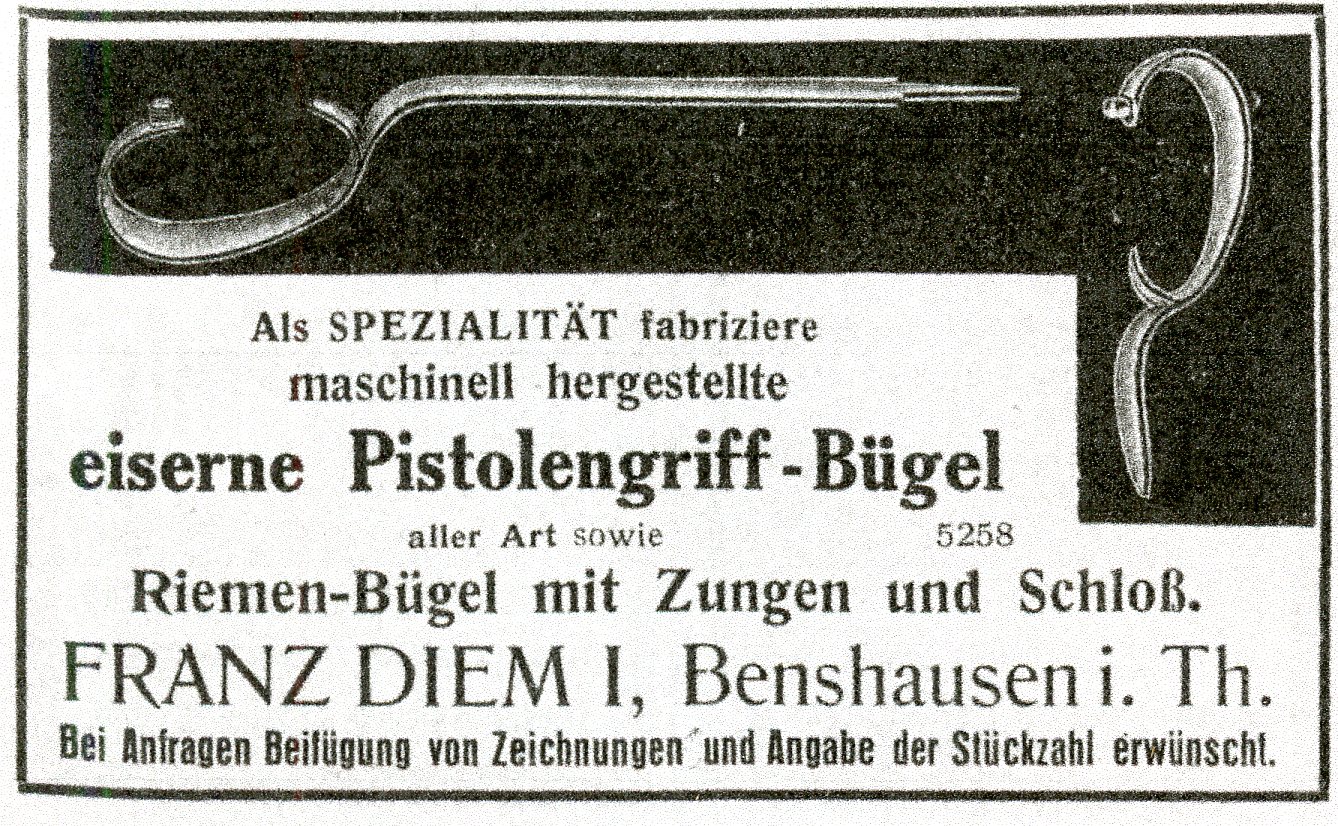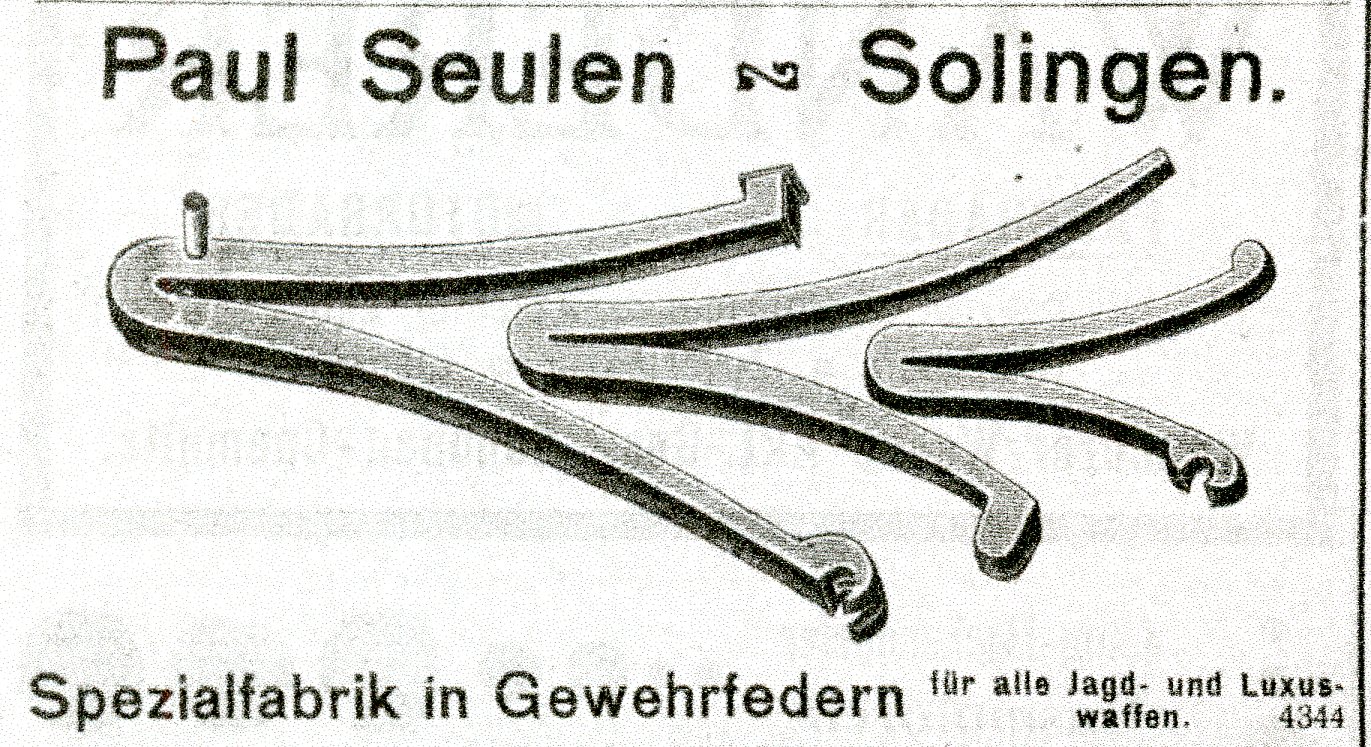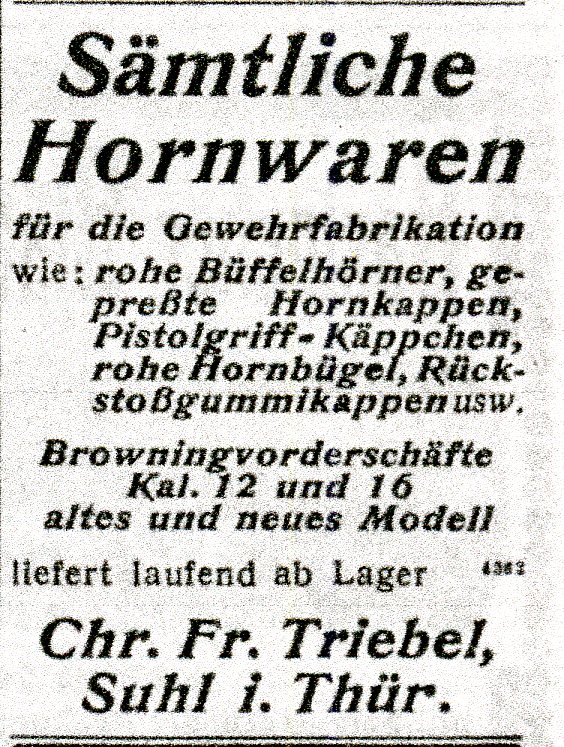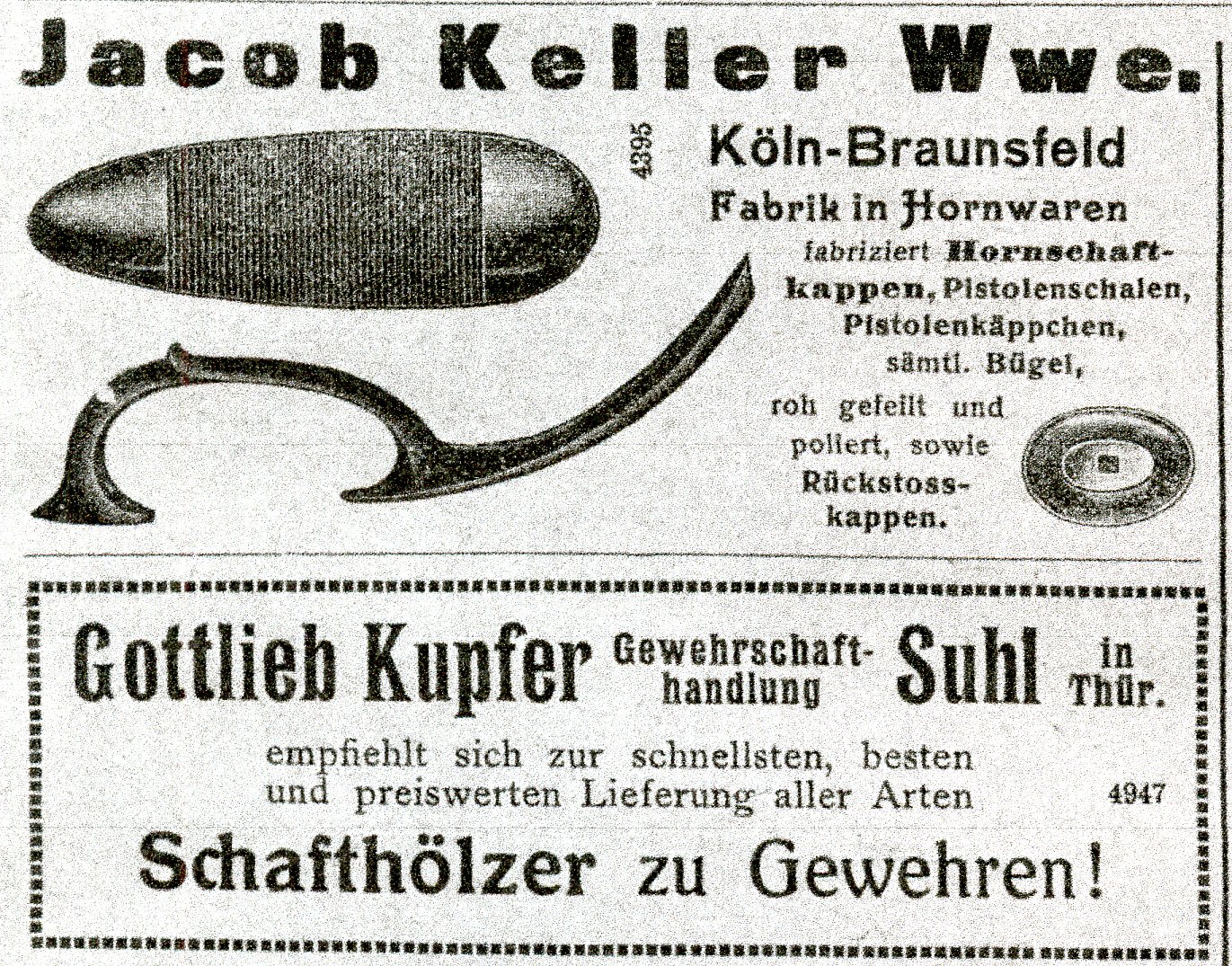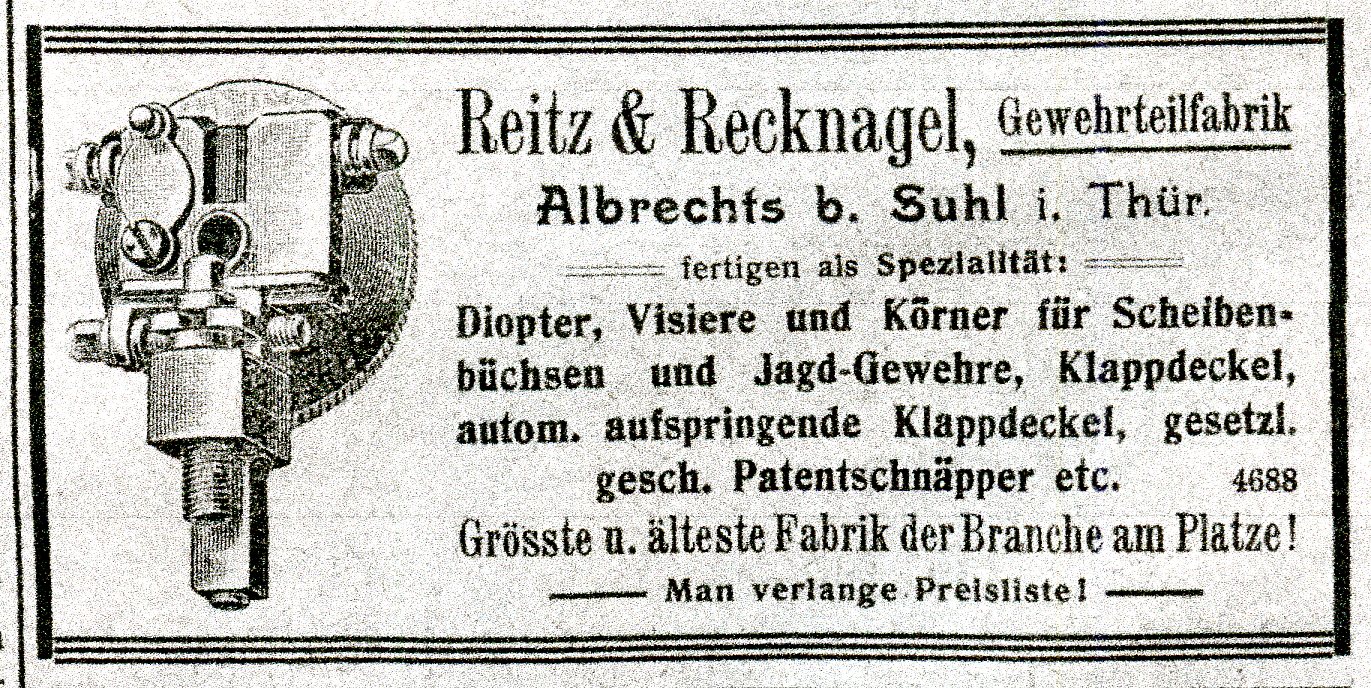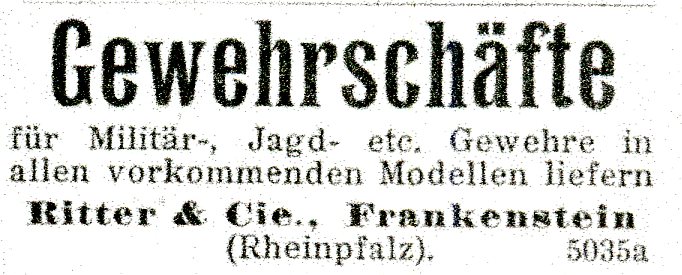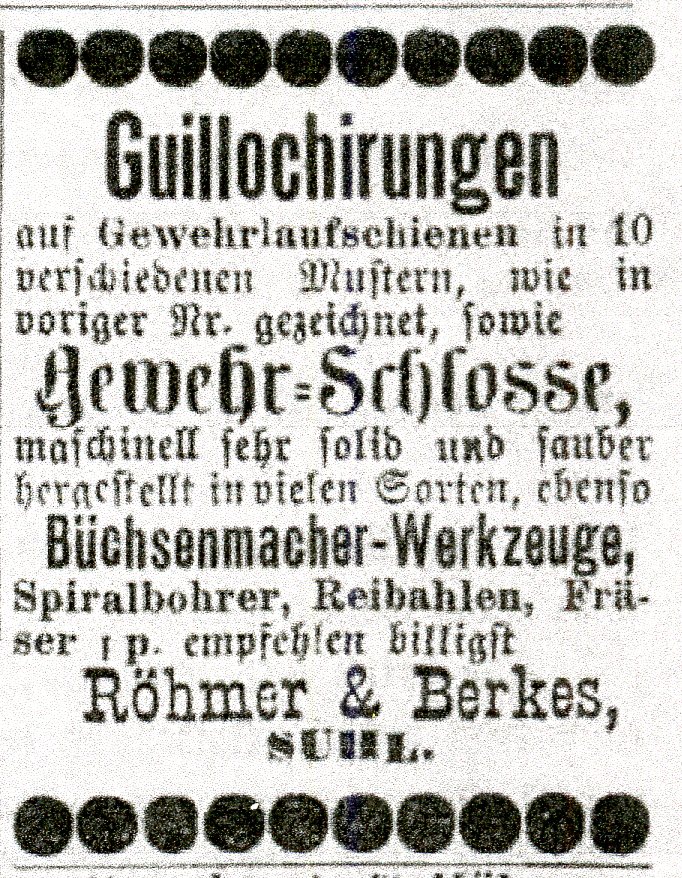Triggers – Safety – Selector – Ejector – Automatic Rear Sight – Metric Ammunition.
If you have never before had a German gun of any kind, it would be very wise to study the mechanism before you ever load the gun. And even if you already own such a gun, the next one may bring you new surprises.
Let’s start with breaking the gun open. Most of these guns are opened by pushing the top lever to the right, a somewhat awkward undertaking for the left-handed shooter. There are some very rare models made for left-handed shooters where you push the top lever to the left. Don’t ask your gunsmith to convert it for you! It would cost you an arm and a leg. On somewhat older guns the opening lever is under the trigger guard and you open it by pushing it down. But then there are the still older Lefaucheux actions that have the opening lever under the fore end and you have to push it to the right to open the gun. Guns with an opening lever on the right or the left sides of the gun are quite attractive and very practical.
To add to your confusion, you will pick up a 3-barreled (Drilling) German hammer gun that seems to have a rather small top lever that turns out to be the selector for the rifle barrel while the opening lever is under the trigger guard or the fore-end. And there are too many bolting systems to cover in this limited space.
The next thing to look for is the safety on hammerless guns. You will be most familiar with the ones on top of the grip and they are indeed the most suitable for guns with one or two barrels. You have what is called an automatic safety if it goes to the rearward safe position when you open the top lever, but even here there are exceptions to the rule.
Quite common is the Greener safety, named for the English gun maker and inventor. You will find a button on the left side of the stock behind the action that you push forward to fire the gun and backwards to make it safe. This safety usually just blocks the triggers and it can be found on many Drillings.
Some combination guns of more recent vintage have a safety slide on the side of the top tang while the much larger slide in the middle of the top tang is a hand-cocking or separate cocking device for cocking the rifle firing mechanism. This, in my book, is the safest of all the designs, although it is not really a safety. When a lock is not cocked, it cannot be made to go off. More and more modern German hunting guns use these devices, including even modern bolt action rifles.
The Krieghoff big bore double rifle, for instance, has no safety, just this hand-cocking device and is the only gun that African professional hunters allow into their hunting vehicle when fully loaded. Besides these safeties, there are those with safety levers on the left hand side of the action that block the internal hammers, and there are grip safeties you must squeeze to fire the gun and more.
But since we are considering gun safety, we must take a look at another feature that German combination guns have. The single set-trigger for the rifle barrel and the double set-trigger for single barrel guns most certainly let you touch off a very accurate shot, but is a great danger if not handled properly. If you see a little screw sticking out of the front trigger or between the triggers, you have a set-trigger.
To set it, you push the single trigger forward or pull the second trigger to the rear until it clicks or “sets.” Now you have a hair trigger that can be adjusted for weight of pull by a small amount with the screw. This trigger must only be set when you are really ready to shoot. If you are not able to touch off the shot, you must put on the safety and gently “unset” the trigger.Practice doing this!
If you carry the gun with the trigger set, any jarring or the opening of the gun may touch off the shot. Some modern guns now have automatic mechanisms that un-cock the set-trigger when you open the gun. By the way, these set-triggers can also be found in German bolt-action rifles and the same precautions are in order.
Guns with three barrels and two triggers or three barrels with two outside hammers have selectors for the front trigger to fire either the right shotgun barrel or the rifle barrel. The selector buttons can be found on the top tang or next to the triggers and often look like safeties. On hammer guns the selector will be a lever on the top tang.
Your gun may have a manual or an automatic rear sight that is elevated when you select the rifle barrel.
Most combination guns have only extractors; but they also come with automatic ejectors, an expensive option. The same goes for single triggers, and both can be temperamental.
To sum it up: Take the time to get familiar with your gun, but still follow the old axioms that “only an empty gun is a safe gun”, “never point your gun at a person” and finally “know your target”! Safeties can and will fail and people make accidents happen.
In the following chapters you will soon (Being Prepared) find more detailed information about the different components of a German hunting gun.
|
|
|
Actions– click Here for a description of the various Breech loading gun actions.
|
|
|
Barrels – what you need to know about the barrel or barrels on your gun, plus barrel steels and much more. Click Here to read more
|
|
|
|
|
Locks-click Here for a description of the various locks used with breech loading actions.
|
|
|
Safeties – A history of safety development and the many differant types. Click Here to read more.
|
|
|
|
|
Automatic Ejectors– Powered by a mechanism often incorporated into the forend to automaticaly eject fired shotgun shells when a gun is opened. Click Here to read more.
|
|
|
Stocks– Wood used, Stock styles and features, Checkering styles and the differances between European and American checkering tools and Fore-end Fasteners. Coming soon will be Butt Plates and Grip Caps. Click Here to read more.
|
|
|
Scopes and Mounts– Concentrating on pre 1940 Scopes that were availible and the Companies that made them. Click Here to go to the Scope page. The page for Scope Mounts covers the variations commonly used such as the Claw and Sempert & Krieghoff mounts. Click Here to go to the Scope Mount page.
|
|
|
|
|
